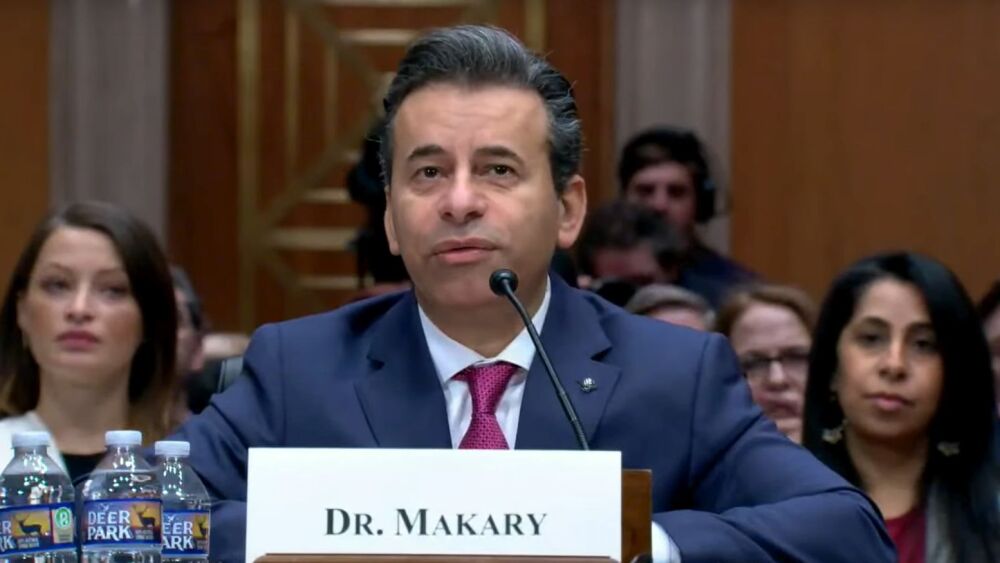The biotech industry is facing what some consider the worst times since its inception. Several market analysts recently shared their thoughts.
For many in the biotech space, the pandemic was a chance to prove their worth, creating vaccines in record time and, for some, earning significant profits. Now, with the pandemic receding amidst rumblings of a global recession, the industry is facing what some consider the worst times since its inception. In the words of Barbara Ryan, founder of Barbara Ryan Advisors, a life sciences capital markets strategic advisory firm, the industry has gone “from hero to zero.”
Ryan was speaking at the recent Demy-Colton Virtual Salon, Biotech Midyear Outlook. Panelists at the virtual salon acknowledged the volatility buffeting the markets, caused by the highest levels of inflation in the past 40 years. They also know that downturns like this are cyclical.
“The pendulum has swung a bit in terms of being overly skeptical of emerging early-stage programs, but for established large pharmas and large and mid-cap biotechs the fundamentals have remained relatively strong,” Marc Engelsgjerd, senior equity analyst, biotechnology at Bloomberg Intelligence, told the audience.
“Access (to capital markets) is more difficult, compared to what we saw in 2021,” Michael Shah, healthcare analyst at Bloomberg Intelligence said. “If you have the clinical data and an incredible management team, there will be opportunity to access capital… but it’s harder. It has, however, been improving as of late.” He said a rotation of investors back to biotech is beginning.
The IPO market, which is virtually closed at the moment, will open again around the end of the year or the first half of 2023, panelists predicted.
Company Valuations, Antitrust could Scuttle M&A
In the meantime, mergers and acquisitions (M&As) will dominate the deal space, leading to a consolidation. M&As typically benefit the entire industry, Engelsgjerd added. “There’s a clear need on the part of pharma and even large biotech companies that are looking at a lack of near-term growth drivers.” There are many potential impediments, however, “that are difficult to assess.”
Company valuations are one. “Sometimes it takes 12 months to reset lower expectations (regarding) what the market is telling you about relative value,” he noted.
Antitrust issues are other. Based upon rhetoric from the Federal Trade Commission (FTC), “It’s clear the FTC will take a much more extreme view of biopharma deals specifically,” Engelsgjerd said. Currently, speculation is swirling around the potential Merck/Seagen deal (predicted to be worth nearly $40 billion) and whether it will face insurmountable antitrust roadblocks.
M&A action today will contribute to a change in the company ranking order within the industry by the end of this decade. “The stakes are high for the top five companies to reinvent their portfolios,” Ryan pointed out. Innovations from early-stage companies will undoubtedly play a leading role in that, but they also have high bars to surmount.”
The Next 10 Years: Protein Integrators, NASH & Cell Therapies
The next ten years will see the introduction of exciting technologies in never-before-launched categories. An emerging class of drugs called targeted protein integrators is a key example. “This category is small molecule-like, but the molecules are larger than traditional small molecules,” Engelsgjerd said. “They can be administered orally, but can target previously undruggable intracellular targets.” This includes targeting structural proteins – not just enzymatic targets. “These companies are just starting to produce clinical data that, for the most part, looks encouraging.”
Among other particularly interesting technologies, Shah mentioned innovations in weight loss that support bariatric surgery, as well as advances in non-alcoholic steatohepatitis (NASH) therapeutics.
Engelsgjerd noted opportunities in the cell and gene space, too. Cell therapies have “a relatively small number of targets that are immediately amenable, he said. Therefore, he suggested the potential to achieve incremental improvements “by sourcing different subsets of T cells or NK cells and engineering them to impart new properties to the cells or to remove existing properties.”
“Pay for Performance” Drug Plans
With costs of therapeutics high, reimbursement strategies will remain a consideration for the foreseeable future. Those costs will place significant stress on payers even though the overall, lifetime costs may be less. Panelists suggested that tiered payments based upon therapeutic performance may emerge, in which companies receive an up-front payment followed by subsequent reimbursements if the therapeutic continues to be effective two, three or four years later. “That’s complicated logistically, especially in the U.S. where a large number of people have their healthcare insurance tied to employment,” Engelsgjerd said.
Greater clarity around drug policy is likely to come soon, at least around drug pricing reform. “So, while the (vast majority) of Democrats in Congress wanted to go after all the drugs’ launch prices, there were enough in the party who saw that as too aggressive and wanted to protect some of the smaller biotech companies,” Duane Wright, senior analyst, government & healthcare at Bloomberg Intelligence recalled. Now, with midterm elections looming and control of both the U.S. House of Representatives and the U.S. Senate likely (based on historical trends) to flip, “The next couple weeks will be very instructive.”
Wright predicted that any price controls the Democrat majority may enact will affect drugs that have been on the market at least seven years and biologics that have been on the market at least 11 years. “If it doesn’t happen in the next four weeks (before Congress goes on recess), it probably never is going to happen.”






